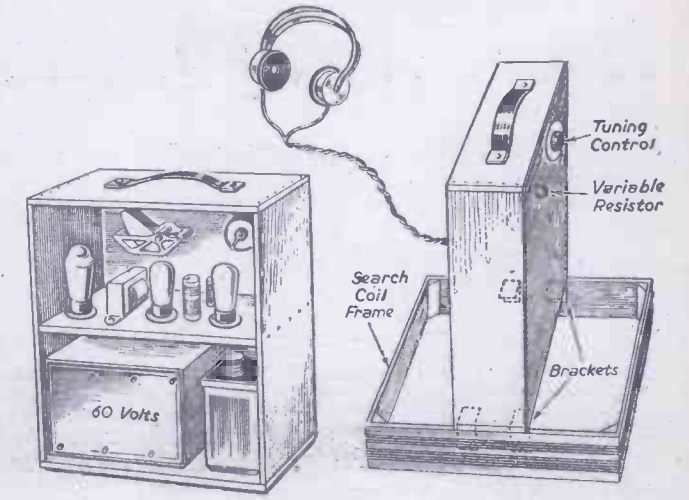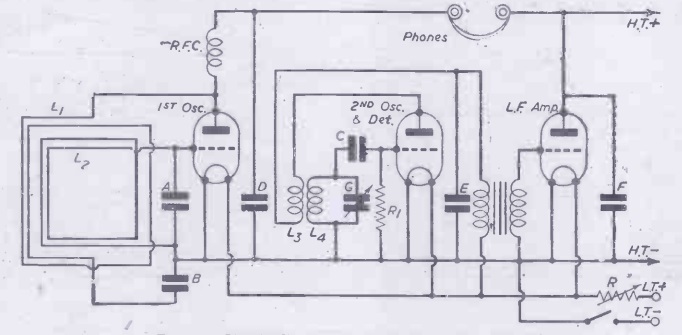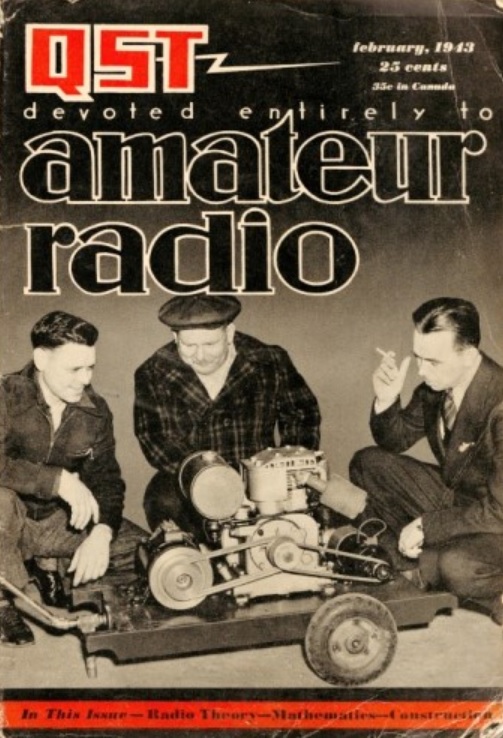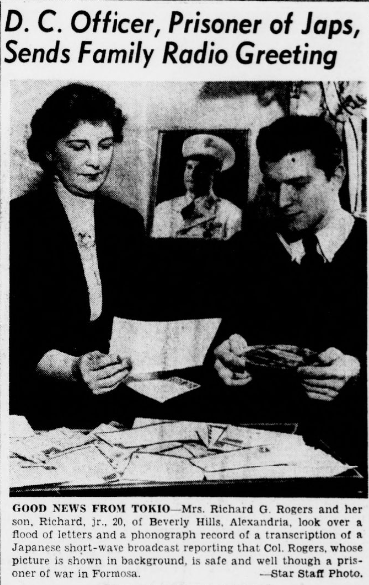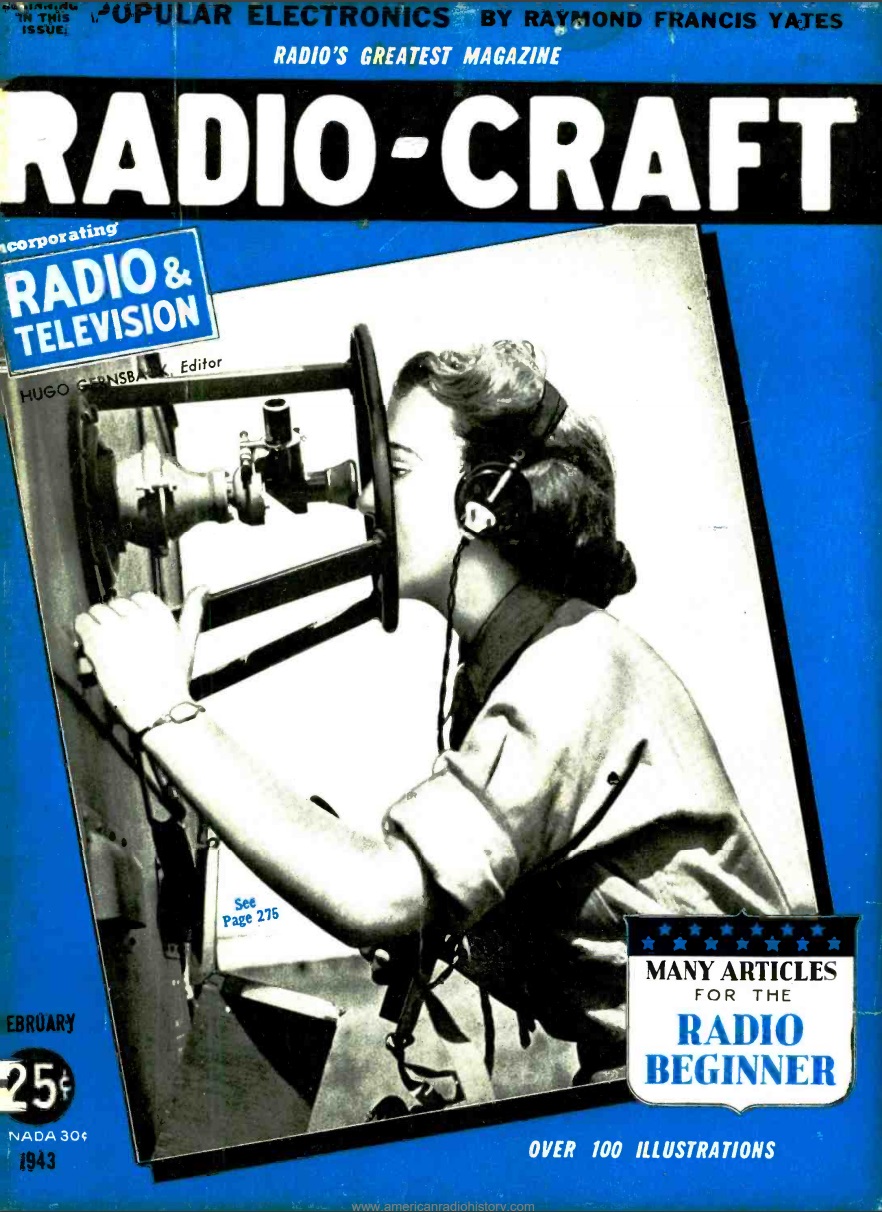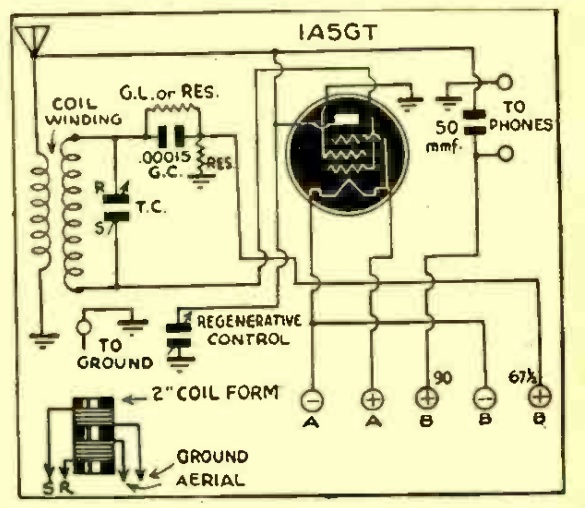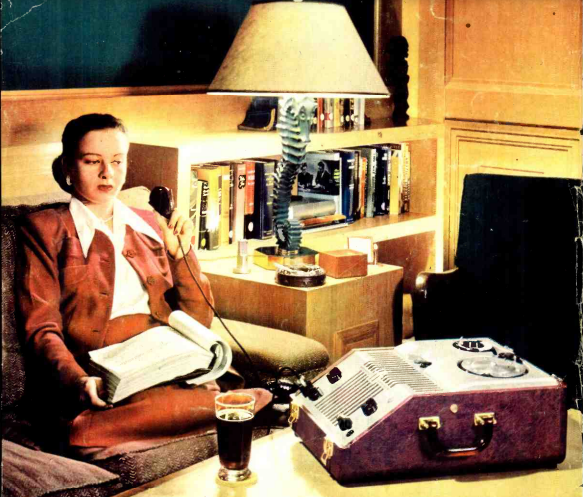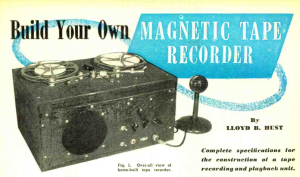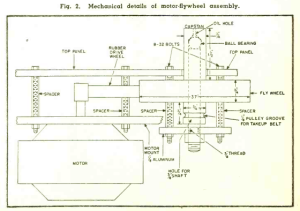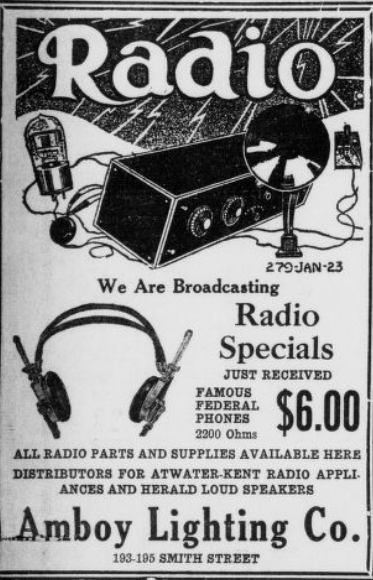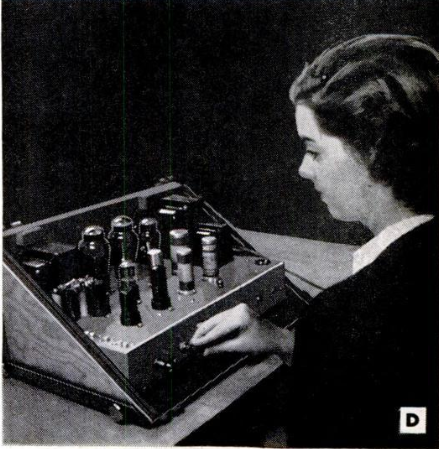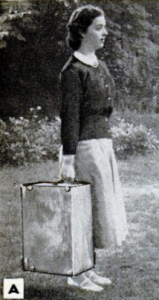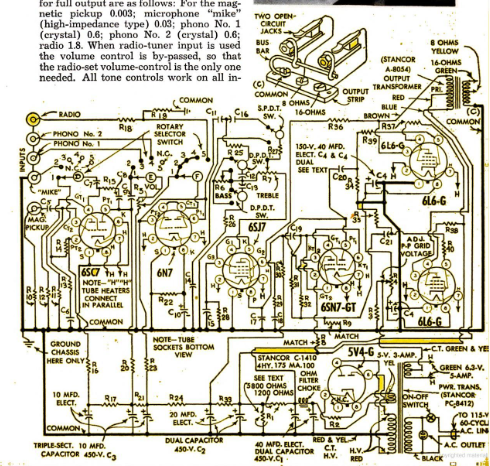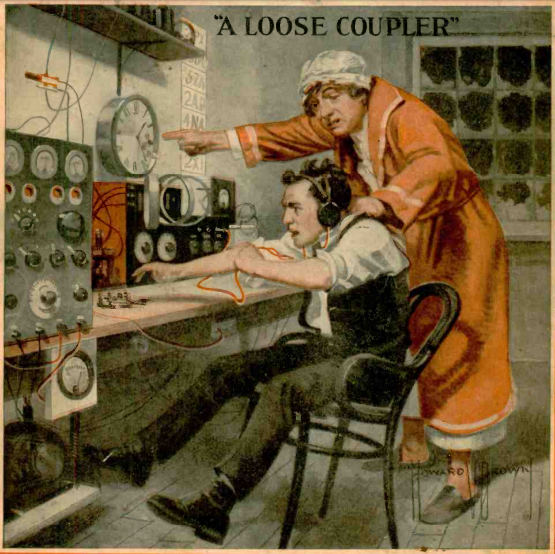The plans for this three-tube metal detector appeared in the British magazine Practical Mechanics 75 years ago this month, February 1948. The general circuit is similar to inexpensive metal detectors sold today, although the modern versions are much smaller as they are transistorized.
According to the author, many coins, rings, and other metallic objects, some of considerable value, were found on the sites of old Roman camps in Dorset.
The general idea of this circuit is quite simple. It consists of an RF oscillator, the coil of which is held near the ground. When that coil comes into the proximity of metallic objects, the change in permeability results in a change of frequency. This type of metal detector can work quite well, but it does require a bit of practice. The detector makes a loud squeal, and the best way to use it is to tune it carefully so that the squeal just barely disappears. If it’s done carefully, the detector can be very sensitive.
Many people have bad experiences with the types of inexpensive metal detectors shown here, some of which look like toys, but that’s because they didn’t take time to carefully adjust them and practice. It’s best to start out indoors, toss some metallic objects on the floor, and then carefully adjust the metal detector and see how it reacts when the coil is brought near the item. After some practice, you can take it outside and look for treasure. The metal detector above, with which Roman coins were found, is actually the equivalent of any of these detectors, and with a bit of practice, one of these will give similar results.
Some links on this site are affiliate links, meaning this site earns a small commission if you make a purchase after following the link.

